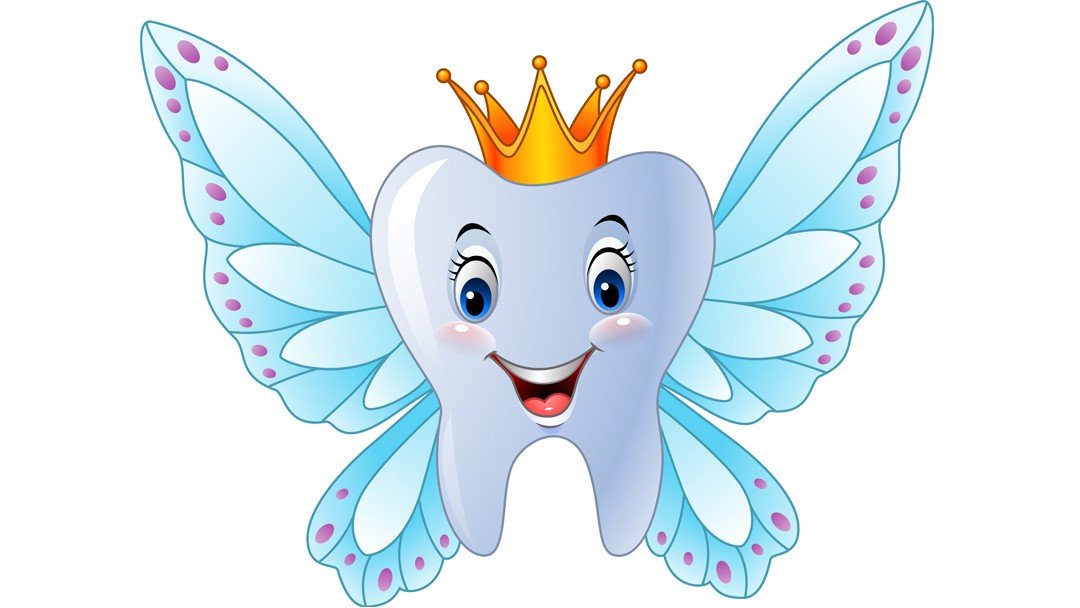- December 2024
- November 2024
- October 2024
- December 2023
- April 2022
- March 2022
- February 2022
- January 2022
- November 2021
- October 2021
- September 2021
- August 2021
- July 2021
- January 2021
- December 2020
- November 2020
- October 2020
- September 2020
- August 2020
- July 2020
- June 2020
- May 2020
- April 2020
- March 2020
- February 2020
- January 2020
- December 2019
- August 2019
- July 2019
- June 2019
- May 2019
- April 2019
- March 2019
- February 2019
- January 2019
- December 2018
- November 2018
- October 2018
- September 2018
- August 2018
- July 2018
- May 2018
- April 2018
- March 2018
- February 2018
- January 2018
- November 2017
- October 2017
- September 2017
- August 2017
- July 2017
- June 2017
- April 2017
- March 2017
- January 2017
- October 2016
- October 2015
- September 2015
- August 2015
The Origins of The Tooth Fairy
28 January,2018When children start to lose their teeth, one little trend that starts to come up is the tale of the tooth fairy. Whether the tooth is nestled under their pillow or placed in a small glass next to their bed, when the child awakes they are usually greeted by a gold coin (or for the very lucky children, a flashy note).
But where did this craze of collecting teeth for money come from?
Whilst the tooth fairy’s counterparts, like the Easter Bunny or Santa Claus, can be traced back into history it wasn’t until around 1990 that the origins of the fairy came to light.
The History of Losing Teeth
Of course, losing baby teeth is not a new phenomenon. It is a natural occurrence, making way for adult teeth. There are many cultures across the world, both modern and ancient, that have various ways of disposing teeth. Some of these rituals involve burying the tooth, burning the tooth and placing it inside of a wall.
The most likely tale linked to the tooth fairy, out of all the other historical links, is a French fairy tale called La Bonne Petite Souris. The story depicts a good queen who is held captive by a bad king. In her strife, the queen enlists the help of a mouse to help her out of her troubles. The mouse then presents itself as a fairy, who lets the queen free and knocks out the king’s teeth. After this, the fairy then hides the teeth under the pillow of the king.
Wells: The Tooth Fairy Consultant
Along came Rosemary Wells, a professor at Northwestern University Dental School, who started to research the true mystery behind our teeth collecting tradition. At the time her research started, the activity was already carried out by millions across the country and the western world.
After years of solid research, studies and tests, Wells drew the conclusion that the tooth fairy was born from two traditions in history: The offering of teeth to rodents (as seen in La Bonne Petite Souris), and the general wish for a ‘good fairy’ (like in the tale of Cinderella, amongst other fairy tales).
But why the tooth fairy was created remains a slight mystery. Wells believes that the purpose of the tooth fairy was to ease the minds of little children in a painful and confusing time. Whatever the reason, it is well and truly a staple in the dental world.


